11 Best free & paid email clients (2022)
Free Email clients like Gmail, Yahoo! and Outlook all have similar functionality but offer unique benefits. Use our comparison to choose the right one.

While researching, we couldn’t find a good enough comparison between the best free email client providers. They all share similar functionality, and each of them also offers unique features and benefits. So, how do you choose which one is right for you and your business needs?
There are many factors to weigh considering that the average professional spends an average of 4 hours a day on email. We will make sure you choose the best free email client. Don’t feel overwhelmed, we’ve created a guide to help you make a confident decision.
Best email clients – quick comparison snapshot
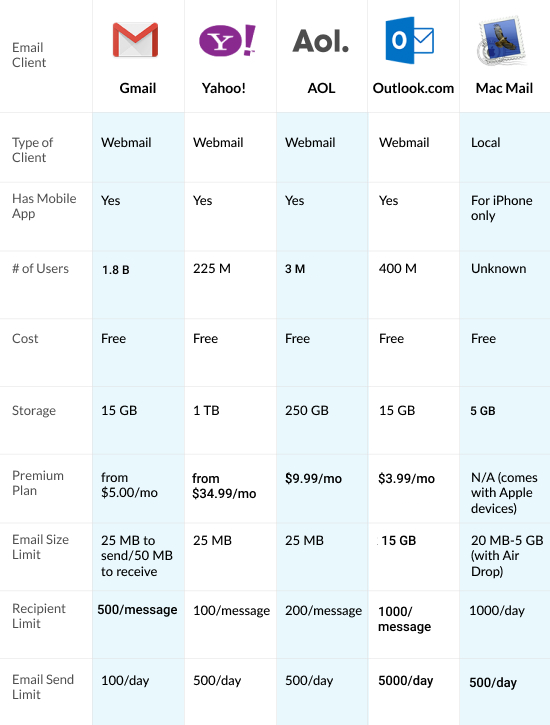
Recently, we’ve been updating our guides to setting up your email signatures on the different mail clients – here is the Gmail signature guide, Outlook signature guide, Mac signature wins and fails.
Best free email clients
The world’s most commonly used email client is certainly Gmail, closely followed by Outlook. But there are other worthy alternatives, each with its own pros and cons. We advise that you quickly go over the list and see which option fits your specific needs to the fullest.
1. Gmail
Cost: Free
Email storage capacity: 15 GB (or pay for more)
Email size limit: 25 MB to send (50 MB to receive) per message
Recipient limit: 500/message
Email send limit: 100 per day
Users: 1.8 billion
Pro: Integrates with many services via Gmail apps and extensions
Con: Gmail organizes mail with “labels” instead of “folders,” which is less intuitive
The recently redesigned Gmail currently reigns as the world’s most popular web-based email client. Its clean interface and easy-to-use navigation make it a huge favorite.
Gmail offers a generous 15GB of storage space, which is sufficient for most users, even those who hate to delete the email.
Gmail offers several security-enhanced features like virus scanning, encryption, spam blocking, phishing warnings, two-step login authentication, password-protected email delivery, and emails that self-destruct. You can now set up your Gmail with your personal phone number.
Gmail’s arguably best feature is the Chrome Web Store, where you can browse through thousands of best email app to enhance the functionality of your Inbox.
With these easy-to-install add-ons, Gmail seamlessly integrates with popular tools and services, like our own Gmail email signature extension. Other great perks include GChat, Gmail’s built-in instant messaging service, and translation of foreign language email content.
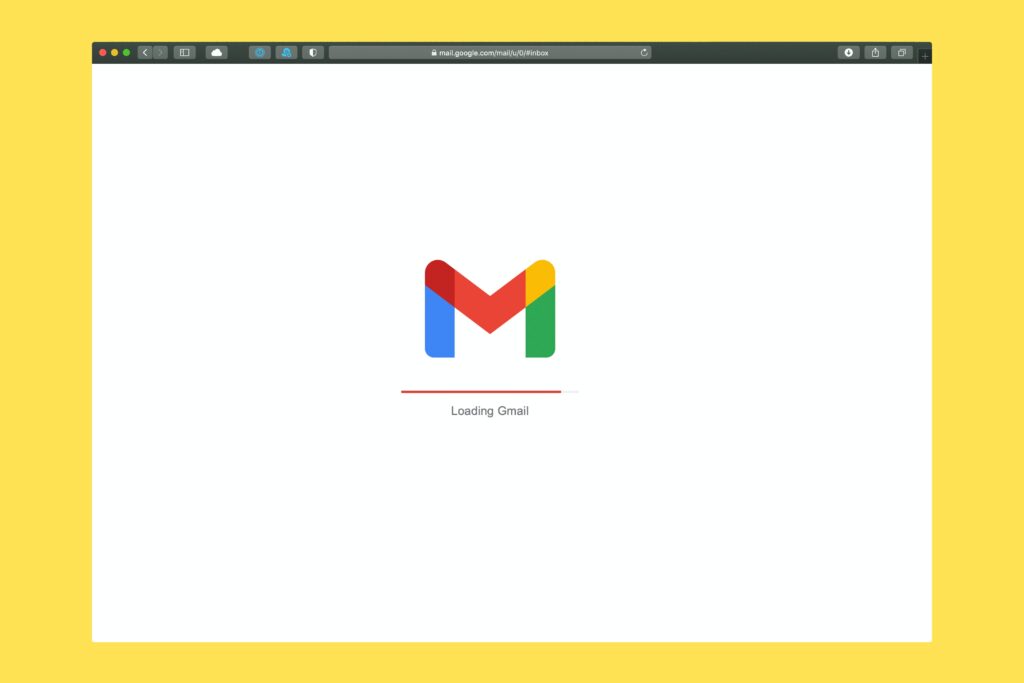
Get a Gmail account with your own domain name:
If you’re a business owner you should know that you can create a free Gmail business account with your domain name.
This is a great option for small businesses that don’t yet need the full digital capabilities that Google offers in G Suite (now redubbed Google Workspace).
With this free option, you can create a fledgling cloud-based IT environment for your small business. Google will take care of everything from word processing and spreadsheets to email and work calendars.
If this fits your bill, read this great guide for creating your business email for Gmail.
2. Yahoo!
Cost: Free
Storage Capacity: 1 Terabyte
Email size limit: 25 MB per message
Email recipient limit: 100 recipients/message
Send rate: 500 emails/day
Users: 225 million
Pro: Yahoo offers a desktop version of its app for $3.49/mo or $34.99/year
Con: Yahoo infamously suffered two major security breaches that affected 1 billion users
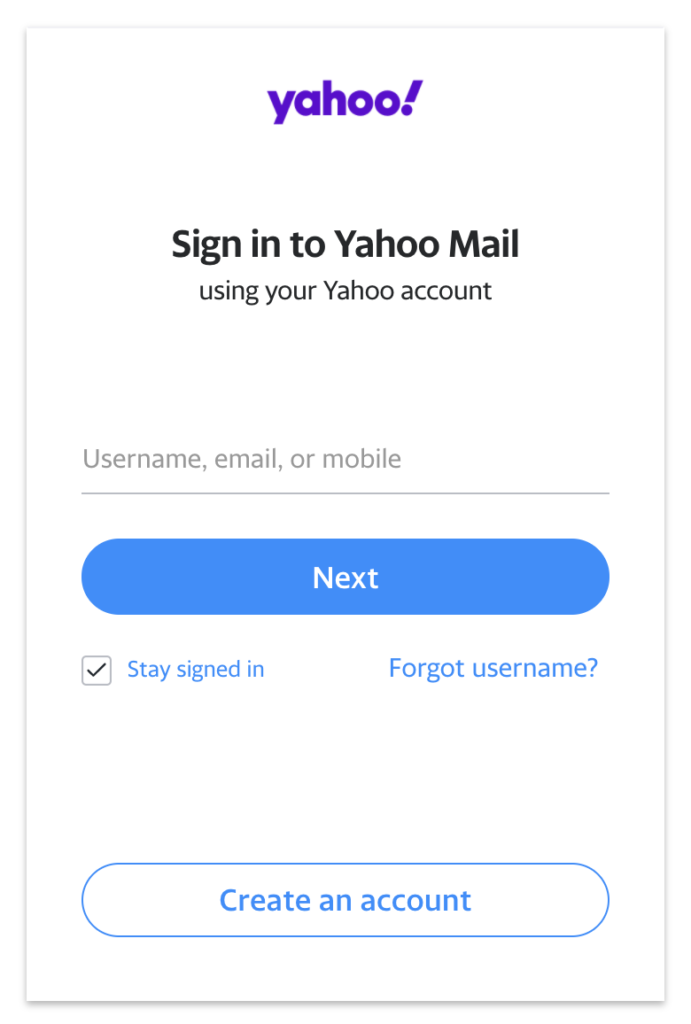
Yahoo mail first launched all the way back in 1997—a solid 7 years before Gmail hit the market in 2004. It’s done a decent job of keeping up with Google’s Gmail features.
You can view various types of media like slideshows, photos, and videos from inside your mailbox. You can send up to 50 files or 100MB file sizes in a single email. Your messages are automatically sorted, and lower-priority messages like newsletters and coupons are organized into folders. it’s considered one of the best free email clients. You can also create a yahoo email signature.
3. AOL
Cost: Free
Email Storage Capacity: 250 GB
Email size limit: 25 MB per message
Send rate: 500/day
Users: 3 million
Pro: Unlimited inbox storage
Con: Can’t directly important social media contacts; no message translator
As far as webmail clients go, the iconic AOL is a solid competitor. It doesn’t pack the same punch when it comes to the features of Gmail or Outlook.com, but it’s a winning choice for its easy-to-use interface. One big bonus is its unlimited inbox storage, so you never have to delete emails to make room for new incoming messages.
You can also know how to organize your Gmail inbox for productivity, by creating custom folders for your messages. You can add multiple attachments at once but do have a limit of 25MB (like most email clients).
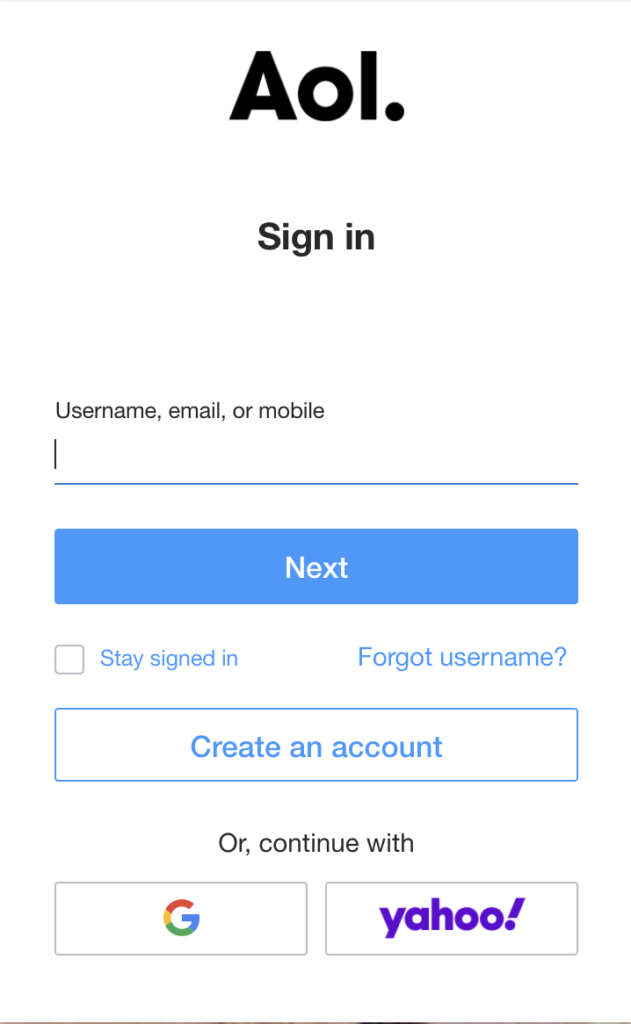
4. Outlook.com
Outlook.com is a free webmail client—not to be confused with its premium version of its local (desktop) software “Outlook”
Cost: Free
Email Storage Capacity: 15 GB
Email size limit: 100 MB per message
recipient limit: 1000/message
Email send rate: 5000/day
Users: 400 million
Pro: Supports encryption and connects with cloud storage services
Con: Cannot schedule or postpone sending email
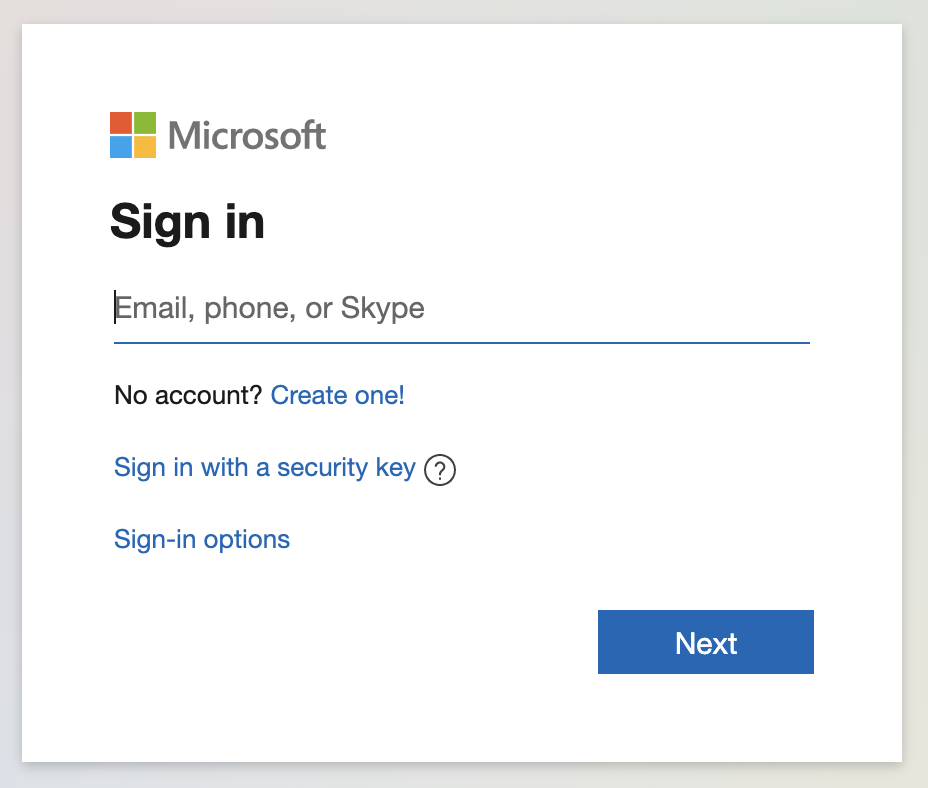
The “Outlook” brand is best known as a desktop email client (it comes with a purchase of the Microsoft Office suite). Outllook.com is the web-based option that replaced the ancient Hotmail.com.
A free Outlook.com account comes with the standard 15GB of space. But, if you are an Office 365 Home or Office 365 Personal subscriber, you can enjoy 50 GB of space.
One of Outlook.com’s best features, as a free webmail client, is that it does not scan emails or attachments for advertising information and personal conversations are ad-free entirely (unlike with Gmail, for example). You can also create an outlook email signature.
5. Mac Mail (Apple Mail)
This is a local email client (aka “desktop” client), not a webmail client like the previous options, so different rules apply
Cost: free, Included with Mac OS and iOS
Email storage: 5GB
Email size limit: Up to 5GB with Mail Drop enabled
Recipient limit: 1000/day
Pro: You can manage multiple types of email accounts (POP and IMAP)
Con: Optimized for Apple devices only
Local email clients like Mac Mail have some key differences from webmail. For starters, you access Mac Mail from your computer’s hard drive, not the web.
For that same reason, you don’t have the same storage limitations as webmail servers. Basically, you can store as much email as your hard drive can handle. But be warned, your Mac Mail will run slower if the number of emails in your Inbox approaches 100K; at that point, you’ll want to archive your old emails.
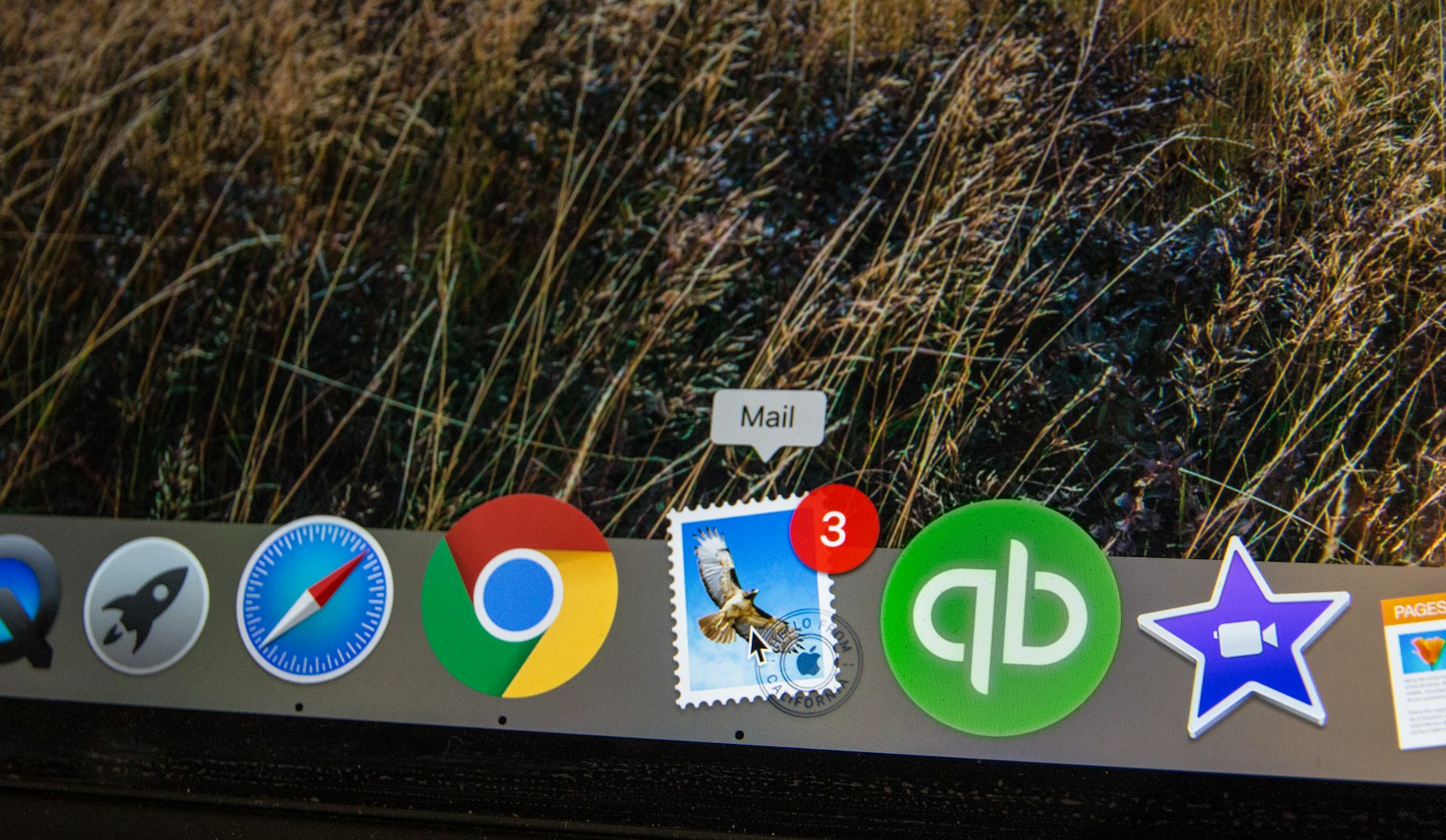
Here’s more good news: If you’re a Mac user, you already have “Mail”—the default email application for Mac OS. Similar to Outlook (but for Macs), Mail is one of the most well-organized email clients available and allows you to manage multiple email accounts all at once.
For example, let’s say you want to manage your personal Gmail account (janedoe@gmail.com) and your work email (janedoes@mycompany.com) in the same email application.
Mac mail allows you to do this! You can also set up an iCloud email account that easily syncs with other Apple devices. If you’re performing the majority of your email activity from your Mac computer (not on mobile) then Mail is a great choice. You can also set up your mac mail email signature.
Two key features are its smart spam filter that learns from your behavior and a powerful search that helps you locate emails across all of your folders in seconds.
6. Zoho Mail
Below are the free features; there are various pricing plans for enhanced features
Cost: Free
Email Storage Capacity: 5GB per user
Email size limit: 20 MB per attachment
Recipient limit: 100/message
Users: 25 users
Pro: Webmail access only
Con: Single-domain hosting
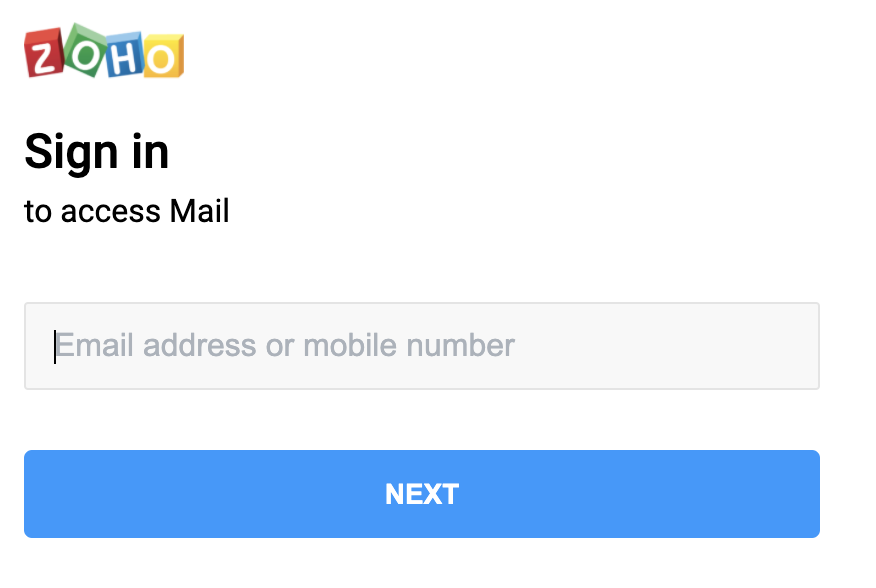
Zoho Mail is an email service targeted at business users. It has a lot of features like calendar, task manager, notes, and instant chat as well as other tools you can add with their apps.
The most notable element about Zoho mail is that it does not display ads or scan your email content for marketing purposes. A really nice security benefit, part of the best B2B security product suite.
7. Proton Mail
Cost: Free
Email Storage Capacity: 5 – 20 GB.
Email size limit: 500 MB per message.
Users: 400 million
Pro: End-to-End Encryption
Con: no encrypted email subject lines
Proton offers top-notch security, with trusted encryption algorithms that are extremely secure. Users’ encrypted data is not accessible to the email client, meaning they can never recover your data. Risky but on the secure side. Proton was announced as one of the safest email clients in 2020.
8. GXM
Cost: free
Email Storage Capacity: 65 GB worth
Email size limit: 50MB attachment limit
Users: 11 million active users
Moblie: free mobile app
While not a prestigious name, GMX offers some pretty competitive features for a free email provider. Unlike some of its competitors, GMX allows you to send large attachments, read and send emails on your mobile device, take advantage of unlimited storage—all cost-free.
Best-paid email clients
9. GoDaddy
This is an email hosting service so you can customize your email address, e.g. jane@janedoe.com
Cost: Starts at $4.00 USD/mo
Email Storage Capacity: 100 GB
Size limit: 30 MB per message
Recipient limit: 100/message
Users: 4.5 million
Pro: Match your email domain to your business
Con: Email hosts can experience downtime
Instead of having a free webmail address, like mybusiness@gmail.com, there are many benefits to having your own email domain created with an email host like GoDaddy.
This is especially relevant if you have your own website with a custom URL. For starters, customers are nearly ten times likelier to choose you over other businesses when you have your own email domain.
It gives them confidence in your professionalism. A whopping 75% of customers also say it’s extremely important that a business’s email address matches its web URL. After all, if your website is www.mybusiness.com, visitors will likely assume that your email domain is “@mybusiness.com.”
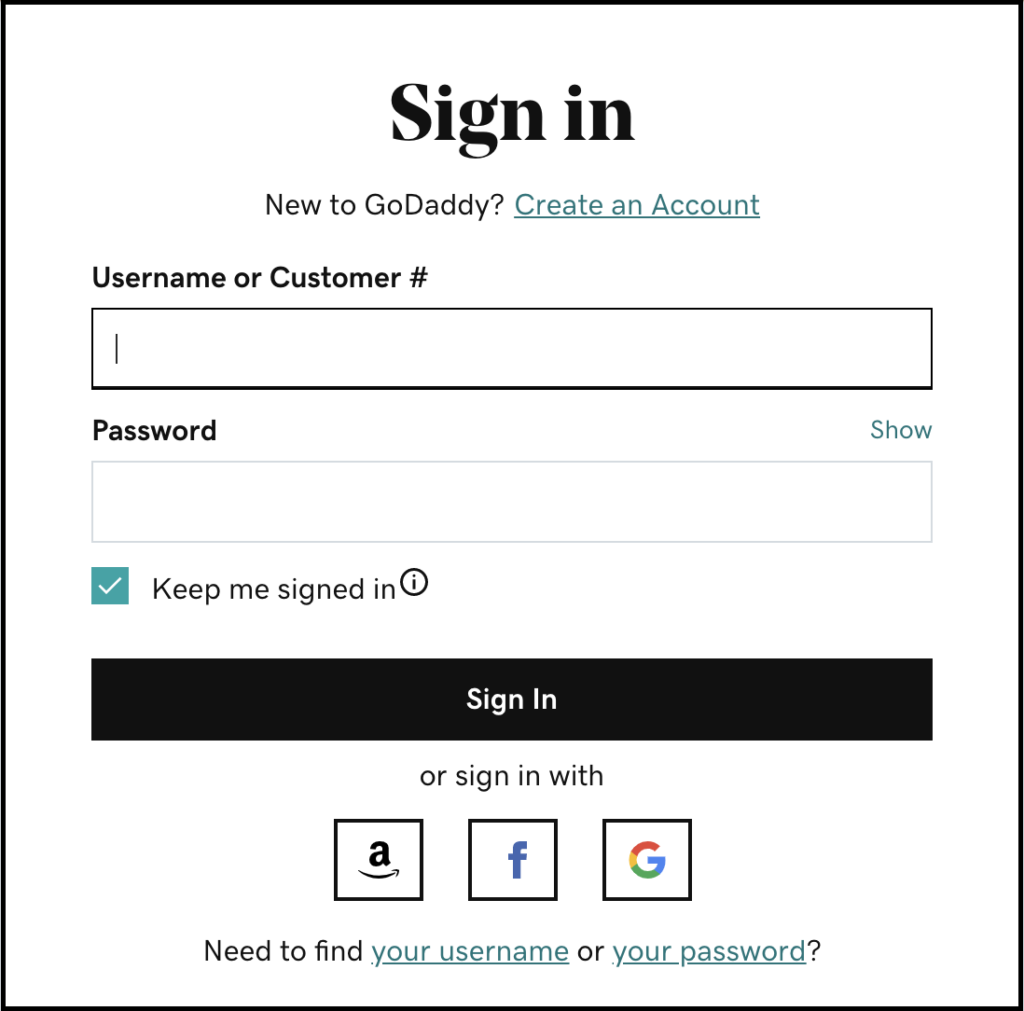
When you use an email host like GoDaddy to create your email domain, you can use their email platform to manage your email, or you can connect your email address to the mail client of your choice, such as Outlook or Mac Mail. The main value of a host like GoDaddy is that it creates a more branded, professional image for your business.
10. Hushmail
Cost: 49.89 $ a year & add free
Email Storage Capacity: 10 GB
size limit: 25 MB per message
Users: 4. 5 million
pro: Unlimited email aliases
Desktop webmail, native iPhone app, support for other mail apps
Hushmail positions itself as the email provider of choice for industries like healthcare and law that handle sensitive information. They have the option for personal accounts and business use and put their security features at the forefront of their value. Hushmail was announced as one of the safest email clients in 2020, and perfect for SMB’S.
Their iPhone app, for example, supports two-step verification and Touch ID. Hushmail also encrypts your email content no matter whether your recipients use Hushmail users or not.
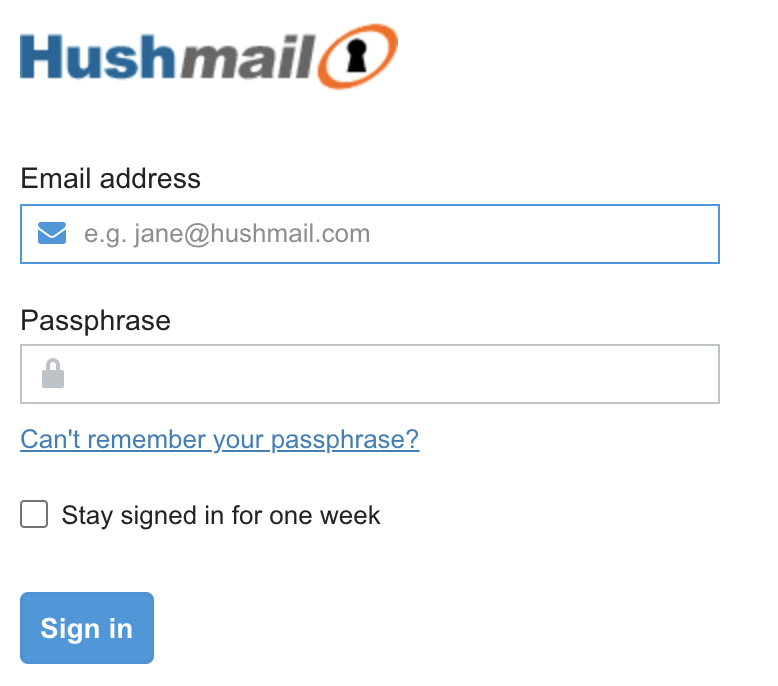
11. Pickaweb – for our UK users
Cost: £89.88 per year)
Email storage: 8GB storage (plan for small businesses)
e-mail usage: Unlimited email accounts
Email domain limit: 1
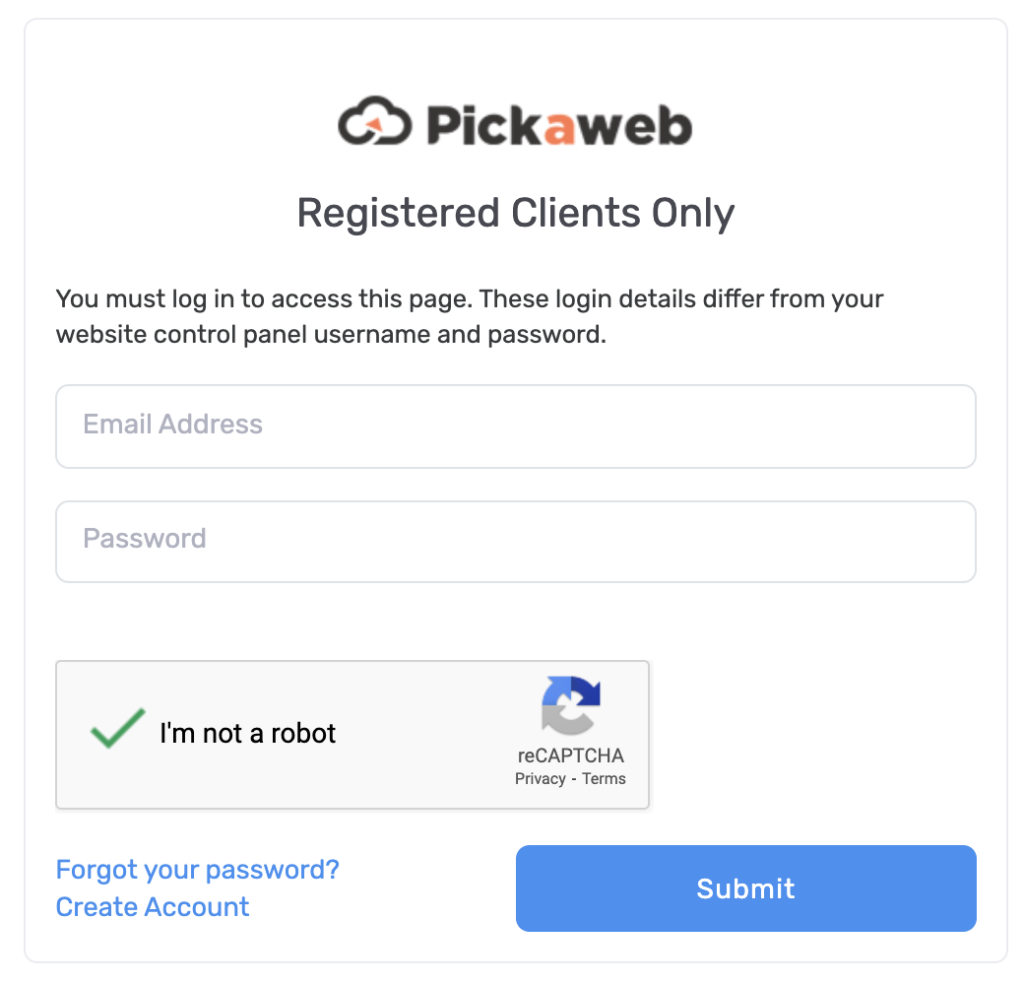
This one is worth mentioning for the sake of our UK users. This is a London-based email hosting provider for individuals and businesses.
If you’re an SMB based in the UK you may want a strong server base near you to get the best performance and have a support team that is physically closer to you for an extra sense of security.
Which one of the best email clients is right for you?
Choosing among these various email providers will depend largely on how comfortable you feel with the design and interface.
Each email client offers similar features when it comes to email productivity and security. It really does come down to a matter of personal preference. Most offer a free version of their service, we recommend opening a free account to give the provider a test drive before you commit.
The other thing to consider is how much does your current email address matter to you?
If for example, you are a freelancer who has been doing business from your Gmail address since 2007, you might be best off sticking with it than switching to another webmail provider.
Migrating to a new email address isn’t difficult, but it is a process. You will risk losing contacts if you aren’t meticulous about how you implement it. Inform people about your new address. If, however, you are looking to open a brand new account for your business, now is the time to explore each client to get a feel for the interface.


